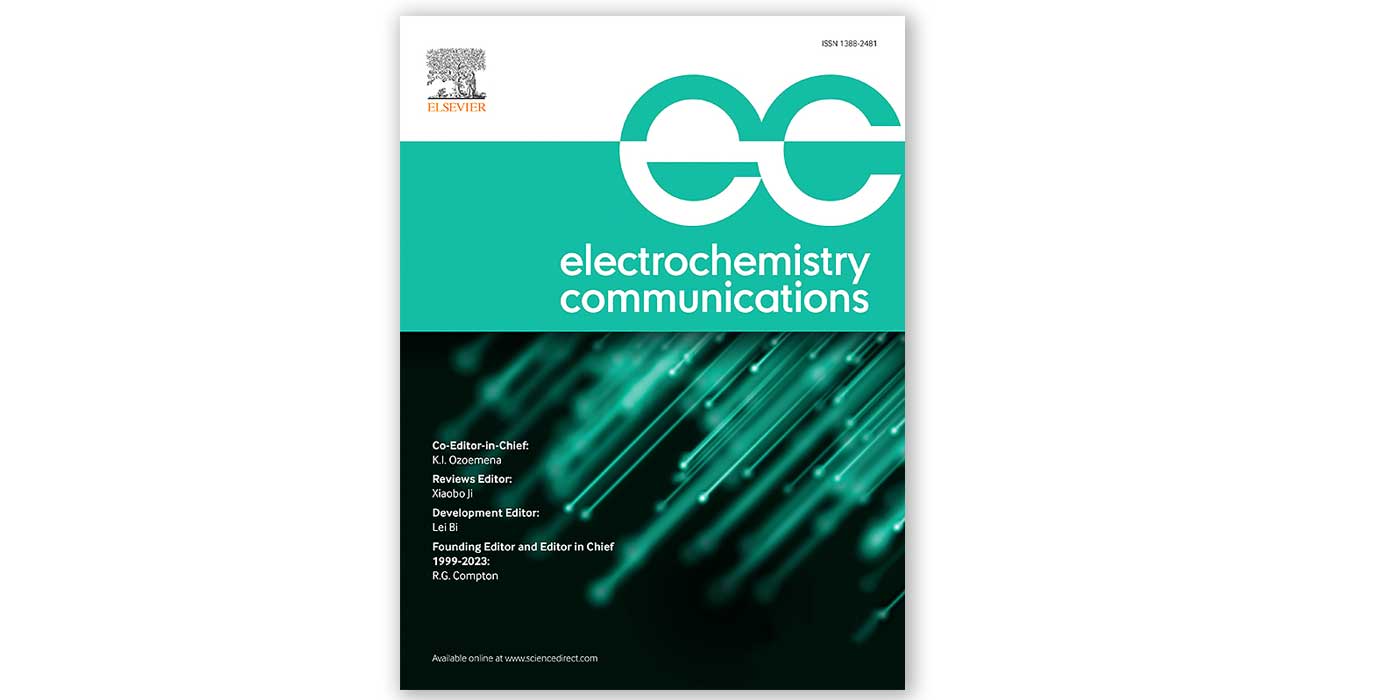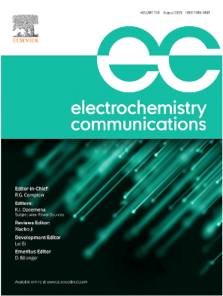
22 Jul A biomass-based cathode for long-life lithium-sulfur batteries

Long-life lithium-sulfur batteries
With the advantages of high conductivity and low cost, porous carbons have been considered as the most attractive host materials of sulfur cathodes in lithium-sulfur batteries (LSBs). However, LSBs always suffer short cycle life due to the “shuttle effect” of lithium polysulfide species (polysulfides), which are intermediate products during the charge/discharge processes. The weak interaction between carbon and polysulfides results in the dissolution of polysulfides from the cathodes, loss of active material of sulfur and eventually fast capacity fading. To overcome these drawbacks, we employed a biomass-derived carbon as the host material in sulfur cathodes. Results from X-ray diffraction (XRD), scanning electron microscopy (SEM) and nitrogen sorption reveals that this biomass-derived product is amorphous carbon and is composed of both large (>10 nm) and small (<5 nm) pores at an appropriate ratio. Using as hosts of cathodes in LSBs, the biomass-derived carbons deliver a high reversible capacity of >800 mAh/g and retain >80% of initial capacity after 200 cycles. Especially, the activated carbons exhibited an unprecedented high durability with 80% capacity retention after 400 cycles. The promising LSB performance can be ascribed to the unique porous architecture of biomass-derived carbons. The small pores in biomass-derived carbons provide more sites to anchor sulfur and polysulfides, while large pores provide channels for fast transport of ions. This is corroborated by the results from the electrochemical impedance spectroscopy (EIS), the thermogravimetric analysis (TGA) and absorption measurements.

